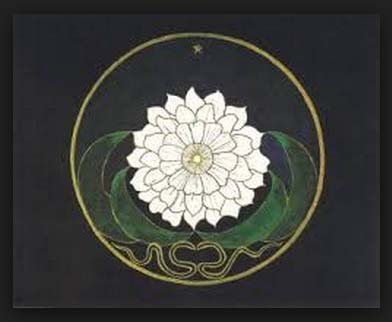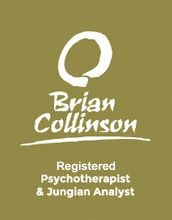Art as Therapy: Creativity as Part of the Therapeutic Process 2

In the first part of “Art as Therapy” we looked more generally at how art can be effective as a form of non-verbal therapy; in this post, let’s look at some more of the specifics.

What actually goes on when people create art as therapy?
How the Unconscious Speaks Through Art
“Well,” someone might say, “the unconscious parts of the mind speak through an individual’s artwork.” OK, that’s fine as far as it goes — but what does that actually mean?
[cta-newsletter]
To answer this question, we need to be clear about the overall significance of the unconscious mind.
The unconscious mind is huge, relative to the size of the conscious mind. Renowned neurologist Prof. Antonio Damasio of USC has summarized a vast body of research on consciousness and the unconscious, and concludes that:
The unconscious, in the narrow meaning in which the word has been etched in our culture, is only a part of the vast amount of processes that remain nonconscious… In fact the list of the “not known” is astounding [and includes] all the hidden wisdom and know-how that nature embodied in innate, homeostatic dispositions.
The Feeling of What Happens, 1999
So, the “unconscious” contains the vast majority of brain functioning — much more than repressed memories etc. There is inherited wisdom within us that is relevant to the life situations in which we find ourselves. But does the unconscious embody this wisdom in any particular form that allows our conscious selves to experience it, and to begin to dialogue with it?
There is such a form: the symbol, which Jungian analyst Warren Colman describes as “the clothing of affect in image”. The symbols that come forward from the unconscious embody the wisdom of the unconscious, if we have the courage and the humility to accept it. They manifest in many forms: in dreams, certainly, in myth and folk tale, and, often without our even being aware of it, in all the forms of artistic expression.

How Art as Therapy Can be Involved in Healing
If the individual lets him or herself go, the unconscious will manifest itself in works of art, often giving us a clear commentary on what is going on in the depths of the person.
“Creative work is intimately close to the operation of destruction, at least when old forms must be rejected to arrive at a new form of expression”, Jungian analyst Prof. Christian Gaillard of the Ecole Nationale Superior des Beaux-Arts tells us.
Destruction and creation are intimately connected in the use of art as therapy. Initially it’s creative to demolish old perceptions, often the perceptions of the conscious self separated from our instinctual grounding, so that new perceptions, new ways of seeing, and being, can be available to the individual.
Can engaging in such destruction and creation be healing? Yes: profoundly so.
What Use is Doing Art If I’m a “Lousy Artist”?
I watch many analysands wrestle with what they feel to be their artistic limitedness when they come into analysis. I can relate: I felt exactly the same way when I began analysis and started to create in paint and clay. But whether one measures up to some aesthetic benchmark is irrelevant. This is the power of art: if a person strives to bring his or her passion and vision into the clay or paint or writing, something powerful and transformative will start to happen. It will bring a certain kind of encounter with the self.
To Make the Inner Life Concrete

What does making these aspects of one’s inner life concrete and outward in this manner do?
It’s not too extreme to say that what one sees as emerging from a person’s work of this kind is an alternate life story. Perhaps it’s even better described as an alternate mythology. A story that is both an “explanation” of the individual’s lived experience and a letting-go-of-explanation, as I become aware that something more is going on in my personal existence than I can possibly comprehend.
But I can connect with it through the symbols.
Jungian or /a-midlife-transition encourages each individual on their creative journey, providing transformative ways in which to take in the meaning and vitality of this process.
Brian Collinson, Psychotherapist and Jungian Analyst
[cta]
